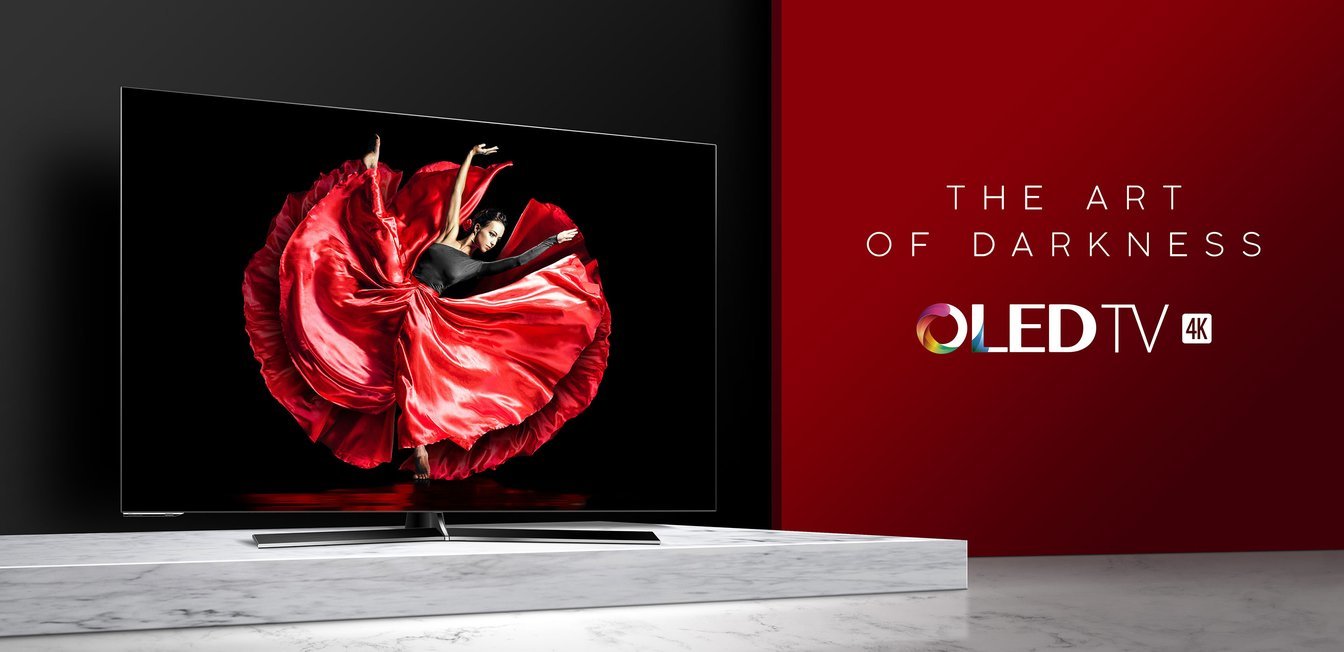China’s low cost TV brand Hisense has just announced the launch of its first batch of OLED TVs.
The new Hisense 4K UHD OLED TVs have gone on sale in Australia, available in 55-inch and 65-inch display sizes. A quick look at the spec sheet for the 65-inch model reveals that it boasts all of the features one might come to expect from OLED displays, with deep blacks and stunning colours, high dynamic range and a 200Hz refresh rate.
The displays themselves are encased in nice and sleek metal frames with a razor-thin bezel that looks-wise at least, puts them on a par with more expensive OLED models.

The TVs are powered by Hisense’s VIDAA U 2.5 smart TV operating system, can be controlled via a smartphone using the RemoteNOW application, and have built-in access to streaming services such as Netflix and YouTube.
Perhaps the best thing though is the price, as Hisense says the TVs will retail at AU$3,499 (£1,944) for the 55-inch model, and AU$4,999 (£2,500) for the 65-inch version
An affordable OLED is always welcome so long as it delivers the goods, and so it’s worth mentioning that the panels used in these models were not designed by the company itself. Rather, Hisense is using OLED panels supplied by LG, but only that company’s first-generation offerings instead of the second-generation displays used in LG’s own latest products.
The Hisense TVs also lack the A9 Intelligent processors, 4K Cinema HDR and Dolby Vision features that are a staple of LG’s latest models.
Even so, at that price point, the new Hisense TVs look to be a decent option for anyone looking for an OLED display in the lower-price category.
More noteworthy however is the fact that Hisense’s announcement could spell the end of its recently formed QLED Alliance.
Hisense was a founding member of the QLED Alliance alongside Samsung and TCL back in April 2017. The idea was to join forces in order to push QLED TVs, which are basically LCD TVs with Quantum Dot technology, as a viable alternative to OLED. The alliance also meant that Hisense and TCL could use Samsung’s QLED TV branding to market their own models.
Unfortunately the companies have failed to make much inroads as QLED has failed to capture consumer’s attention in the same way OLED has. And so now Hisense is apparently bowing to the inevitable with the launch of its own OLED TVs, which were first showed off during IFA 2018 in Berlin this year.
The company says it will continue to produce LCD TVs in addition to its OLEDs, but with Samsung also reportedly working on its own Quantum Dot OLED TV, the future of QLED is looking less than rosy, for now at least.
“The launch of the Hisense OLED TV further demonstrates our unwavering commitment to brilliant design, technology and innovation, which are at the heart of everything we do. We’re very excited to be bringing this product to market,” said Andre Iannuzzi, Head of Marketing, Hisense Australia.
Hisense said its OLED TVs will become available in other regions besides Australia from the first quarter of 2019.